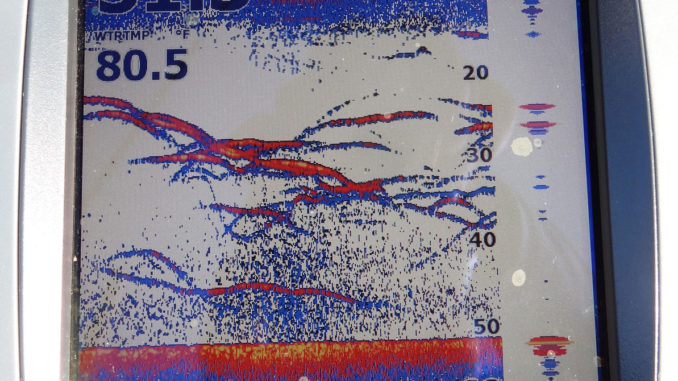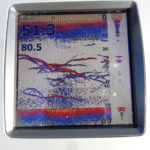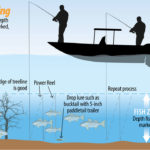
When guide Preston Harden excitedly tells one of his fishing parties to “Get ready, here they come,” you’d better be close to your rod, because somebody’s rod — often several rods — are about to take a nosedive. A quick hookset typically ensures that a striper or a hybrid is on the business end.
Harden said he’s not telepathic, just paying attention to his graph and having the right boat and bait position.
“When stripers are in deep water, the action can be awesome, and I can literally watch the graph and call bites,” he said. “It’s because the boat is precisely over the target, the bait is the right size and is positioned at exactly the right depth. The fish are deep enough that I can see the bait on the graph, and when I observe stripers just below the bait start to move to the bait level. it’s game on.”
Harden is very specific in the presentation of the live haring, preferring those in the 4- to 6-inch class. If the depth, boat position and boat control is not just right, you won’t get a bite.
“Most guides use a countdown method of stripping line from the reels in 2-foot intervals to get the bait to the ideal depth,” Harden said. “If I mark fish at 40 feet for example, I’ll strip off about 19 lengths to get the bait to about 38 feet. I may try shallower at first, not deeper than the fish. I also use my graph to watch the bait going down and can have the angler stop the bait immediately above the zone where fish are suspended.
“Being right on target is a real key to success. On a small hump with clean bottom, I will maneuver the boat so I can anchor right over that spot. If I’m over a larger area of fish or around underwater trees, I’ll use the electric motor to keep the boat in position.”




Be the first to comment